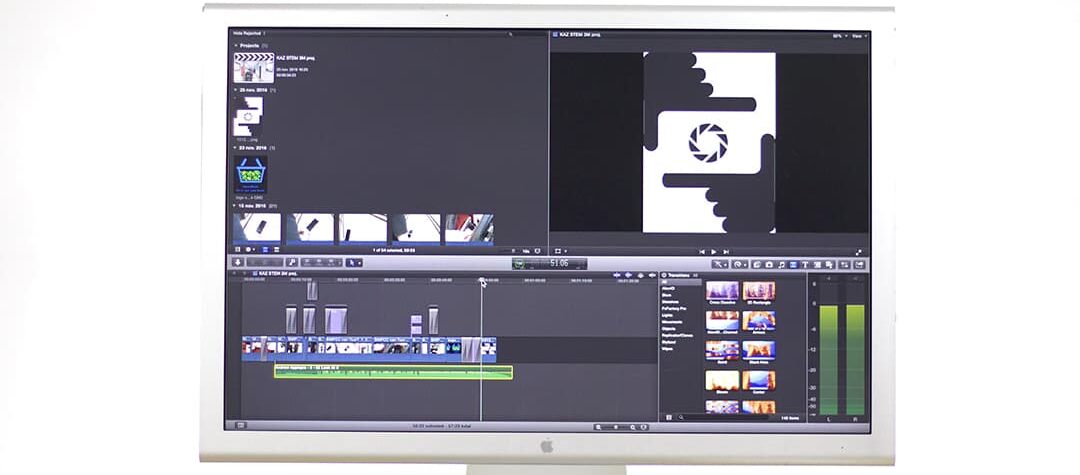The life of a modern person is oversaturated with the most diverse information. Each of us has a pile of things to do, acquaintances with whom we need to remember addresses, phone numbers and birthdays…. The list of such information can go on for a long time. So to memorize all this data you need to have a really phenomenal memory. Well, for those who can not boast such talent, there are special programs-organizers. In this segment of the software market, you can find quite a few products. However, today we will consider only one of them. It is a development of CSoftLab company called C-Organizer Professional. This product differs from its competitors by a very rich set of functional features and constant development for almost five years.
First of all, let us note that C-Organizer Professional has a very simple multilingual interface. In order to learn how to use this program, you don’t need to sit for a long time and delve into various nuances. The management of this utility can be safely called intuitive. All information in C-Organizer Professional is stored in one database, which is a special format file. However, there can be any number of such databases. This gives the program a certain flexibility. The information in the files is stored in encrypted form and can be accessed only by a password set by the owner. This guarantees data protection from unauthorized access.
The database in C-Organizer Professional consists of six parts. Each of them corresponds to a tab in the utility’s main window, as well as to a whole section of the organizer’s functionality. Dear readers, let us analyze each of them in detail.Working with appointments
Appointments in C-Organizer Professional are events that you need to remind the user about at a certain moment. Each such task is defined by a number of parameters: title, date and time of its start and end, reminder parameters, priority, completion rate, repetition rules and description. In principle, all of them are optional, so the user can fill in only the fields he needs.
Two characteristics of appointments are of most interest to the computer owner. The first of them is a reminder of it. When activating this feature, the user must specify the time before the appointment (in minutes, hours, days or weeks), at which point the program will perform certain actions. For example, it can simply display a message window on the screen or send an e-mail, launch a specified file or open a document, turn off the computer, reboot it or simply end the user’s session. And from these actions you can create a whole list of tasks, each of which will be executed in turn.
The second feature of assignments that is useful for most users is their repetition. When setting it up, the user can specify how often the appointment will be executed: every day, on certain days of the week, on specified dates of the month, and so on. The approach implemented in the program allows you to create any complex and flexible conditions for repeating appointments.
